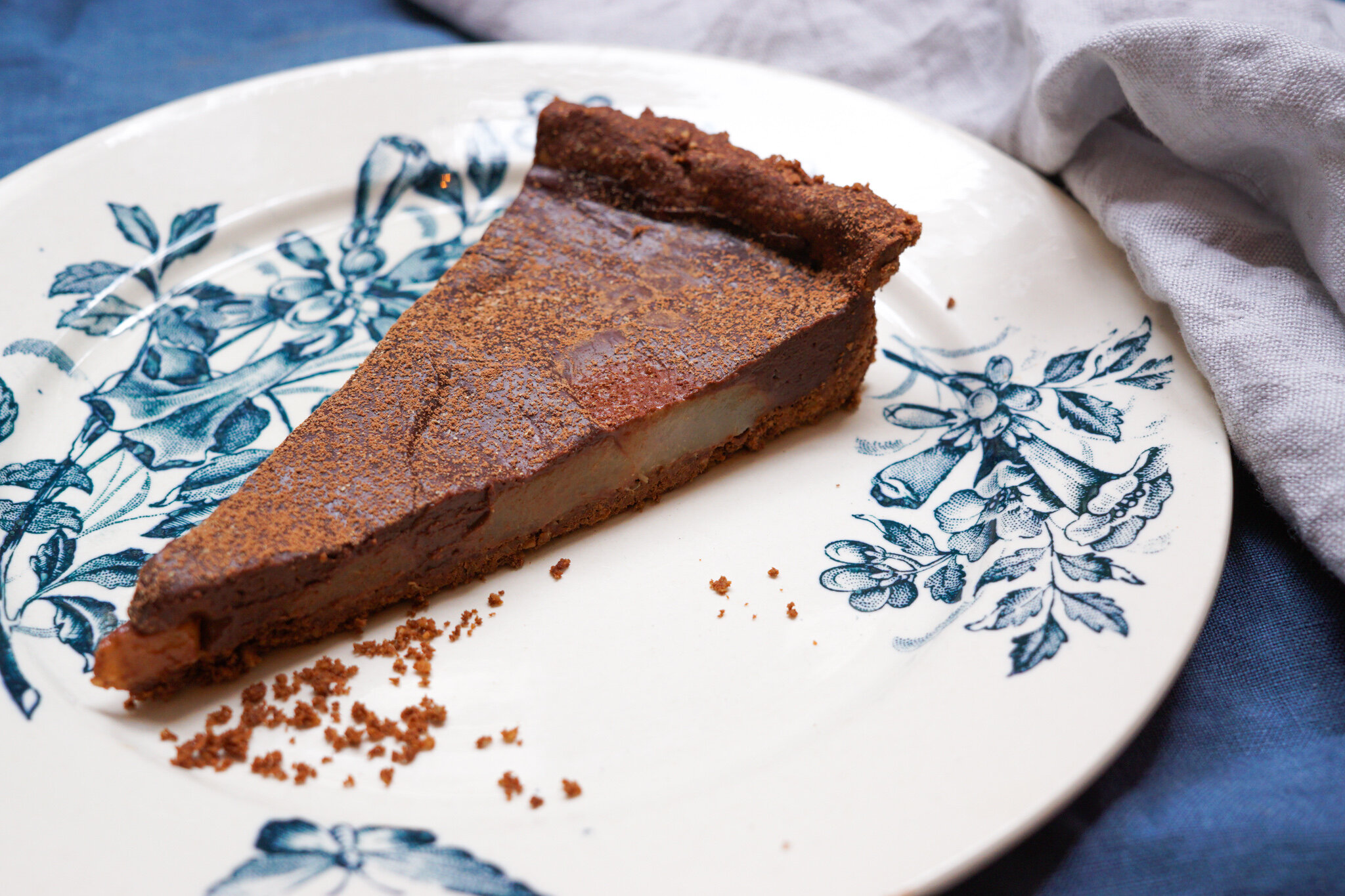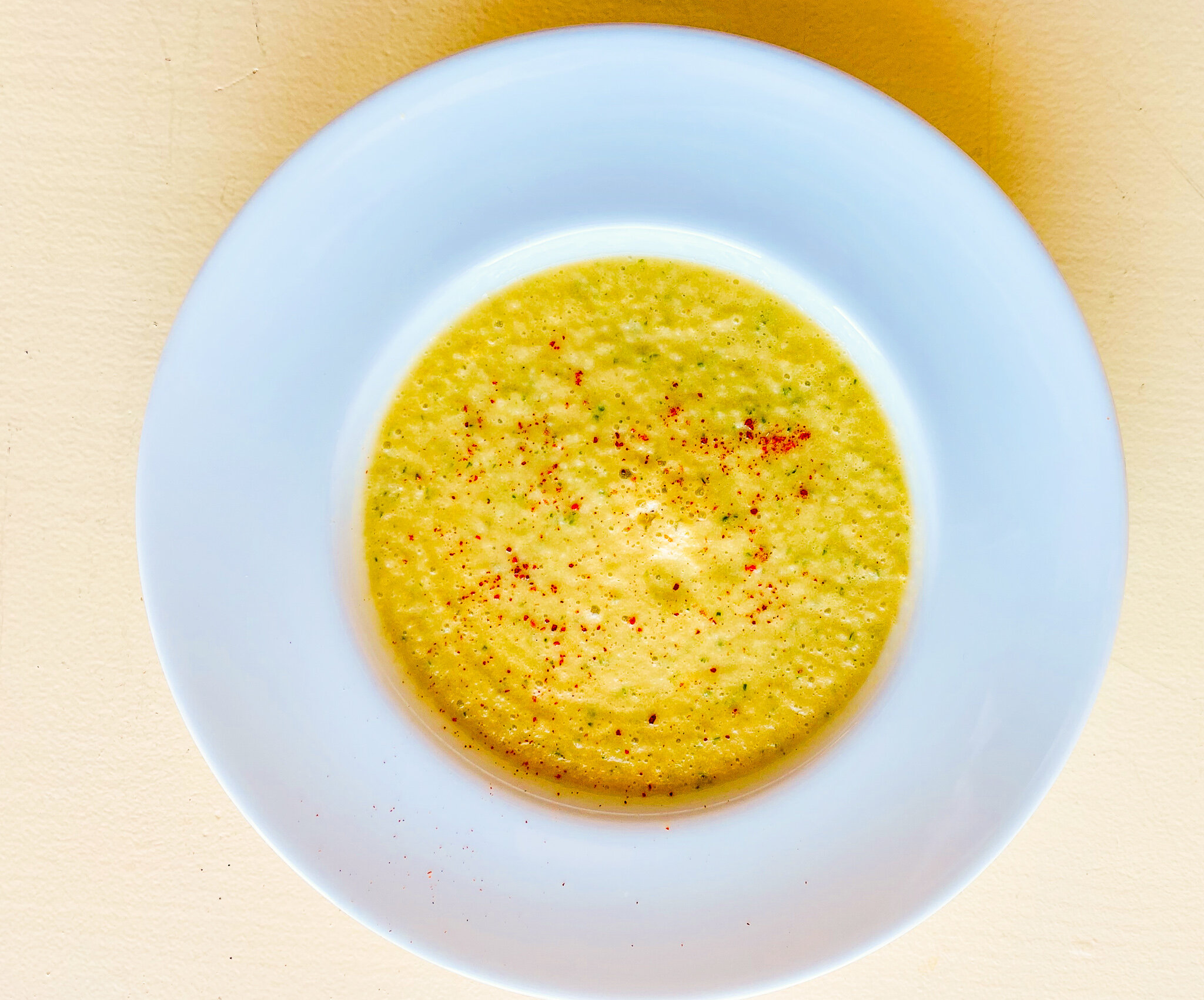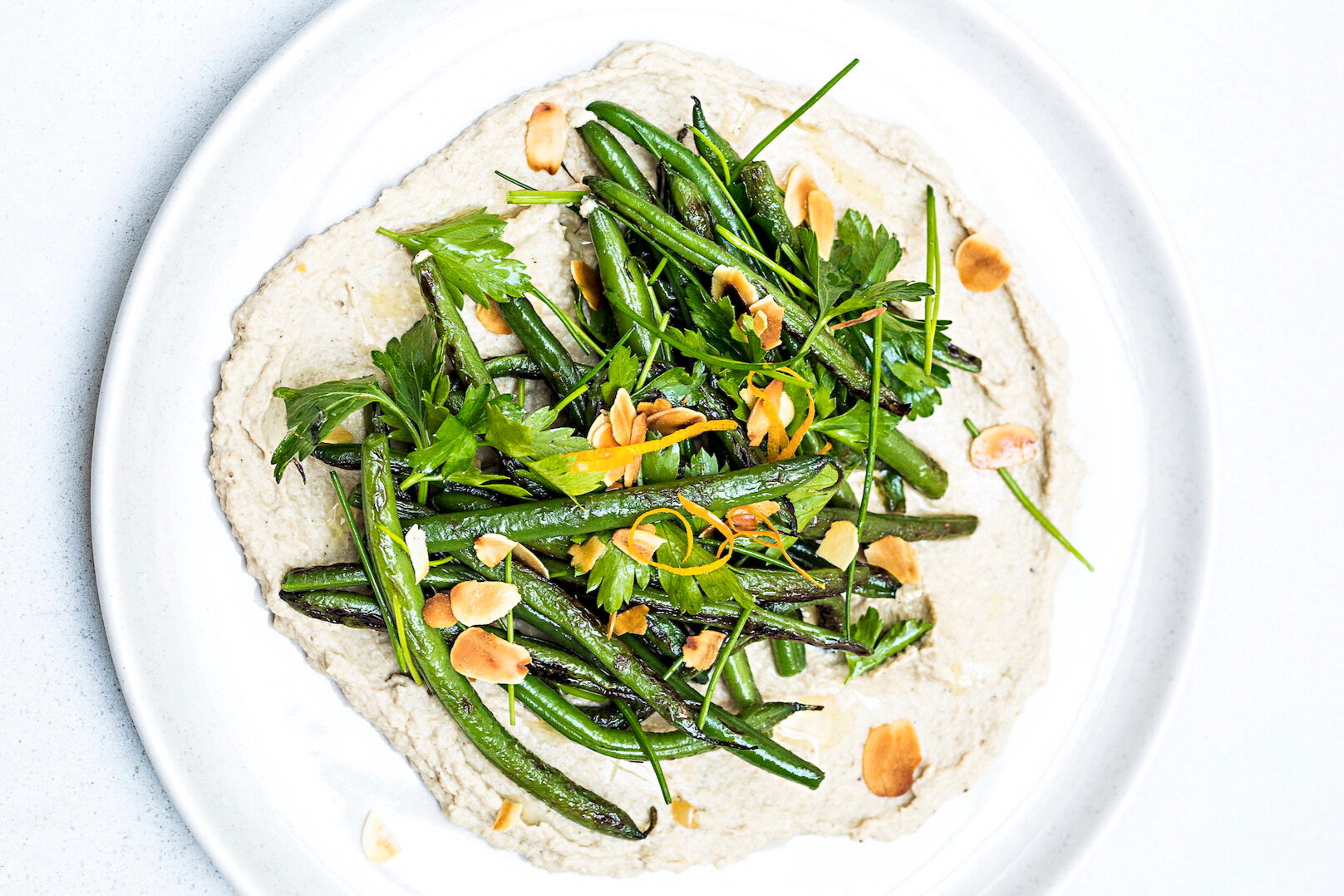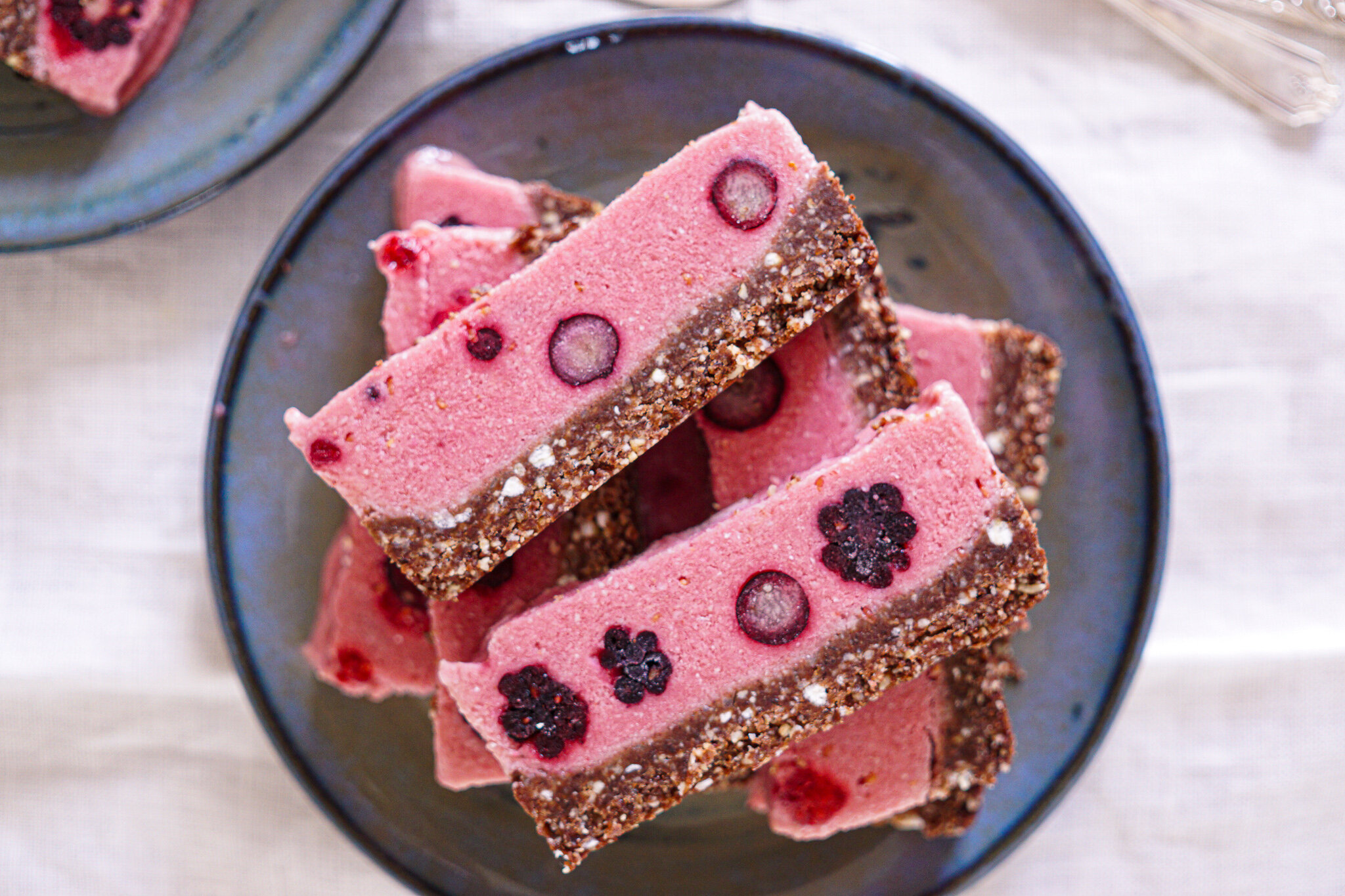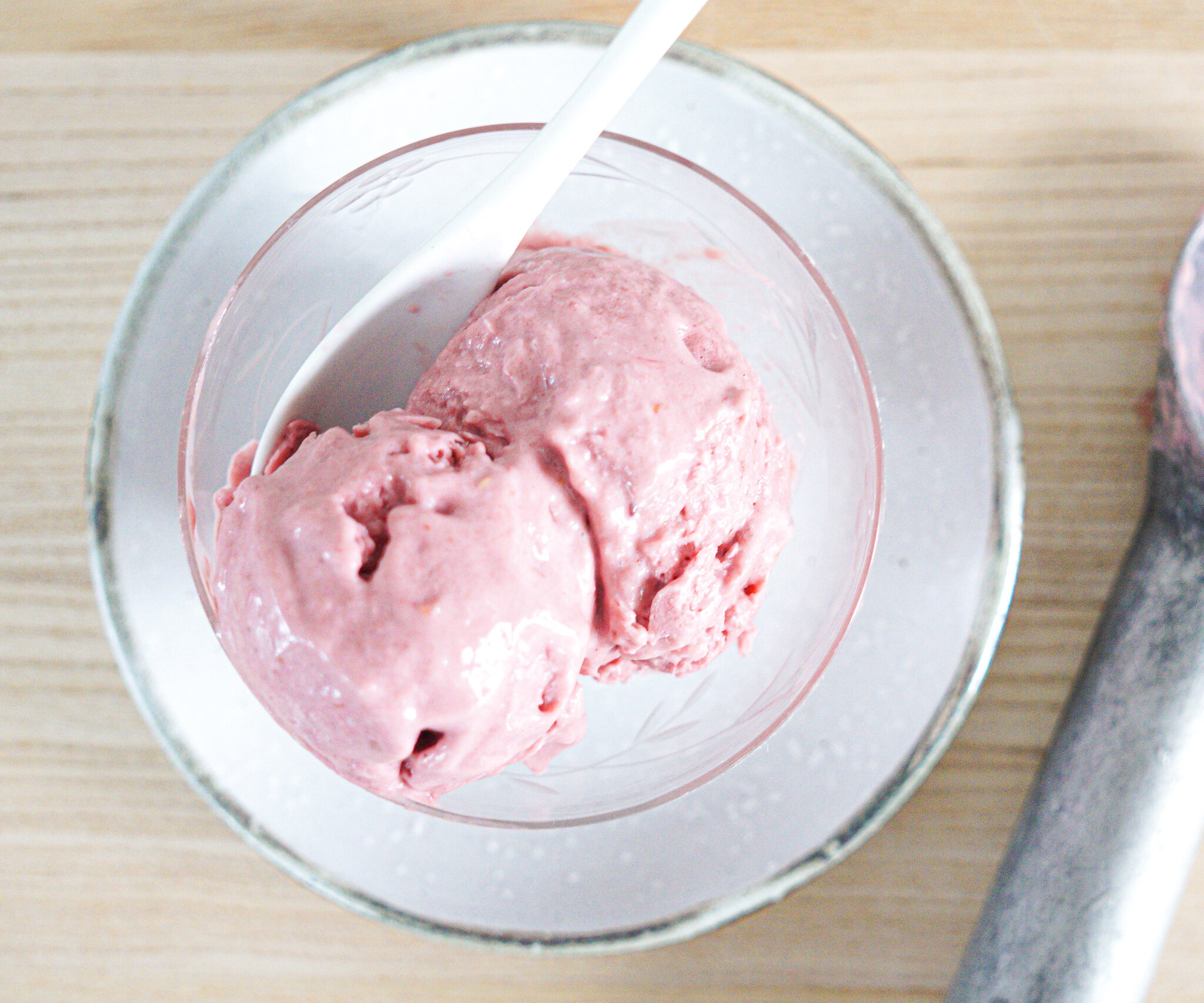When teaching people how to cook or expand their repertoire, we often suggest starting with a list of 10 new recipes (ones that will teach them the basics or challenge them to learn more) that they can work through methodically until each one has been mastered. Once they have perfected the techniques and are more comfortable with the ingredients of each recipe, they can update their list, growing their abilities and confidence as they go.
We have found using this same formula helpful in creating a greener kitchen, which can be just as intimidating as learning to cook. Considering all the trade-offs and implications of what you buy and how it impacts the planet can be so overwhelming that we often end up doing nothing at all. Instead of trying to change everything at once, begin with a list of simple kitchen swaps. Write down 10 things that seem doable and are important to you and pin it up somewhere in your kitchen as a reminder of what you are trying to achieve. Tackle them one at a time or all at once – it’s up to you. Once you have fully integrated them into your life, refresh your list with new challenges. Before you know it, you’ll have transformed your kitchen habits and will likely be inspiring others to do the same.
Here are some ideas to get you started.
WHAT TO SWAP:
cow’s milk for sheep’s milk or plant-based alternatives
According to a study by John Hopkins University, cutting dairy out of your diet can slash your carbon footprint by 23%. This is not to say no cheese ever again but rather with some modifications you can significantly reduce your intake without compromising on flavor.
Swap out cow’s milk for plant based alternatives such as oat or hazelnut milk. Beware of added sugars and fillers in the store-bought brands or avoid them all together and make your own at home, which also means cutting down on packaging waste. If you can’t imagine giving up your milky coffee in the morning, oat milk is a worthy stand-in but note it works best when made with a low-acidity coffee beans.
Swap out cream for tahini (sesame paste) to add creaminess to a blended soup
Sheep’s milk yogurt and cheese is an interesting alternative to cow’s milk as it contains a higher amount of milk solids meaning it uses half as much milk to produce the same amount of end product. Use it sparingly and source from an organic, small scale farm
Try olive oil in place of butter, if for no other reason that it makes the most beautifully moist cakes. A fruity and peppery extra virgin olive oil needs no accompaniment when paired with a good slice of sourdough.
Refined white sugar for local honey
You probably don’t spend a lot of time thinking about how sugar is produced (we know we haven’t until relatively recently), yet more than 145 million tonnes of sugar cane are produced every year for our consumption, much of which is associated with deforestation, water pollution and soil erosion. Not all honey is created equal though and industrial scale honey farms can have negative impacts on the environment too. Local non-blended honey from a natural apiculture farm however is much less dependent on cheap fossil fuels and more likely to manage their hives in a sustainable way. Yes, it is more expensive than imported or industrial honeys, but it taste infinitely better and we think the buy less but better quality rule applies here.
Refined wheat flour for ancient grains and alternative flours
Similar to the refined sugar story, the production, processing and transportation of mono culture refined wheat flour has a heavy carbon footprint, and the heavy use of pesticides and herbicides is linked to the steep decline in biodiversity we are currently seeing. Try switching to ancient grain flours such as spelt or rye (you get extra points if it’s locally grown and milled!) or experiment with flour made from non-grain sources such as chickpea flour and buckwheat. If this has you baffled, chickpea flour crepes (known as socca in France) or buckwheat galettes are a delicious place to start.
Eggs for chia seeds or ground flaxseeds
We love eggs but industrialized chicken farms are problematic on many levels, so we like to find ways to cut down on our consumption and use them when they really count. Try substituting with a chia seed or flaxseed egg as a binder in baking for example. To make the equivalent of one egg: grind one tablespoon of chia seeds or flaxseeds into a powder with a spice grinder or a mortar and pestle. Add 3 tablespoons water and stir to combine. It should become a thick paste within a few minutes.
Meat for lentils, beans and chickpeas
You’ll have likely heard that reducing your intake of red meat is a great way to lighten your carbon footprint. Endlessly versatile, satisfying and high in protein, lentils, beans and chickpeas are a natural plant-based swap for meat dishes and worth embracing wholeheartedly. Transform them into hummus, put them centre stage in hearty stews or use them as a base for your summer salads. Their robust consistency and earthy flavors match well with aromatic spices, citrus zests and fresh herbs – you won’t be missing a thing.
Store bought stock for homemade chicken or veggie scrap stock
Leave the processed stocks on the supermarket shelves and discover how easy and infinitely more satisfying it is to make your own homemade stock. By doing so you’re making better use of the ingredients you already have, saving money, reducing emissions associated with processing and transport, and you’re in control of all of the ingredients. These are our go-to recipes for chicken and veggie scrap stock.
Imported berries for homegrown frozen berries
Forget out of season berries that have been air freighted halfway round the world, with their dwindling nutrient content and their plastic packaging, and opt for homegrown berries frozen right after picking.
Hothouse tomatoes for canned tomatoes or passata
When tomatoes are grown out of season they require energy-guzzling hothouses to grow them. Tomatoes never quite taste the same without real sunshine, so ditch them altogether in favor of those that were bottled or canned at the height of the season.
Processed pantry staples and snacks for homemade versions
It takes 10 calories of fossil fuels to make 1 calorie of processed food. By making your own you get to avoid all the nasty additives, and high sugar, salt and fat content, and most likely end up with something that also tastes a lot better. Start with making this harissa, you’ll never buy the store-bought version again.
Plastic and paper for wood, fabric and coconut fibre
It’s not just the food in our kitchens that have an environmental footprint. Trade-in those hard-to-recycle plastic scrubbers and microplastic sponges for wooden scrubbers with a natural fiber brush. Biodegradable coconut fibre scourers are effective as well as efficient and long lasting. For plastic wrap, try re-purposing shower caps to cover bowls, use reusable beeswax fabric food wraps, or just like our grandmothers did, simply use an appropriately-sized plate as a lid over bowls in the refrigerator. We can often forget that paper towel actually comes from trees, so either make sure you’re buying FSC (Forest Stewardship Council) label brands that guarantee the paper source comes from sustainably managed forests, or even better, re-purpose old sheets or clothing fabric into kitchen towels that can be thrown in the wash with your tea towels and reused again and again.



